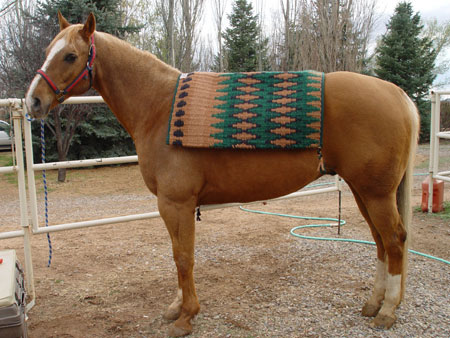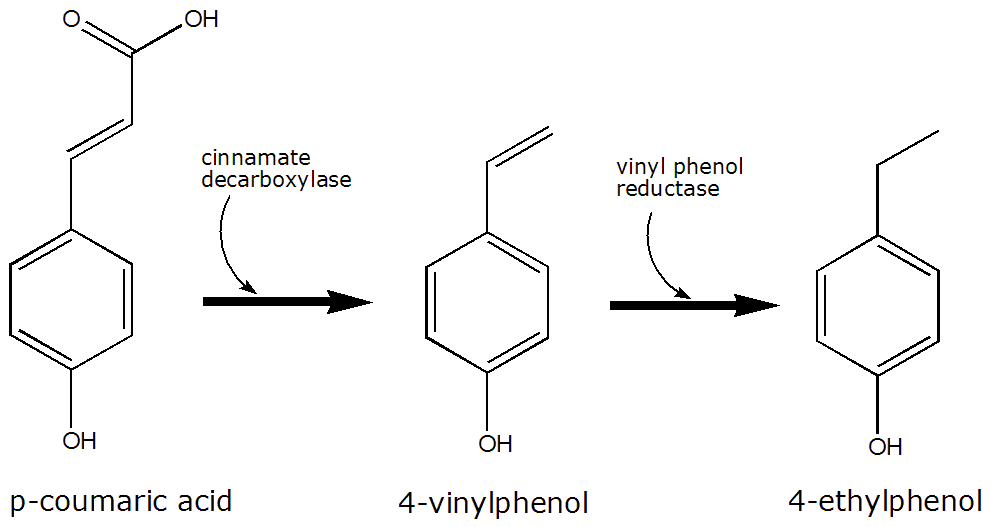RPh_Guy
Bringing Sour Back
Does anyone have experience producing a beer that had high levels of barnyard in a relatively short timeframe?

What Brett strains produce the most barnyard?
What type, quantity, and schedule of hops?
How long was souring delayed?
Did you co-pitch vs delayed pitch the Brett?
What strain of Sacc? What type of esters/phenols did it produce?
Did you use wild/spontaneous yeast/bacteria?
Which dregs (if any) and when were they added?
Did you leave in primary vs transfer secondary?
Do you transfer only clear wort to your fermenter or all of it (with break and hop material)?
Can you estimate the level of micro-oxygenation? E.g. what material of fermentation vessel and airlock?
How long did it take to develop significant barnyard?
Did you add yeast nutrients?
At what temperature did you hold primary and secondary fermentations?
Did you perform an acid rest during the mash?
Any other details that might be important?
Thanks guys

What Brett strains produce the most barnyard?
What type, quantity, and schedule of hops?
How long was souring delayed?
Did you co-pitch vs delayed pitch the Brett?
What strain of Sacc? What type of esters/phenols did it produce?
Did you use wild/spontaneous yeast/bacteria?
Which dregs (if any) and when were they added?
Did you leave in primary vs transfer secondary?
Do you transfer only clear wort to your fermenter or all of it (with break and hop material)?
Can you estimate the level of micro-oxygenation? E.g. what material of fermentation vessel and airlock?
How long did it take to develop significant barnyard?
Did you add yeast nutrients?
At what temperature did you hold primary and secondary fermentations?
Did you perform an acid rest during the mash?
Any other details that might be important?
Thanks guys
Last edited:























![Craft A Brew - Safale BE-256 Yeast - Fermentis - Belgian Ale Dry Yeast - For Belgian & Strong Ales - Ingredients for Home Brewing - Beer Making Supplies - [3 Pack]](https://m.media-amazon.com/images/I/51bcKEwQmWL._SL500_.jpg)




































